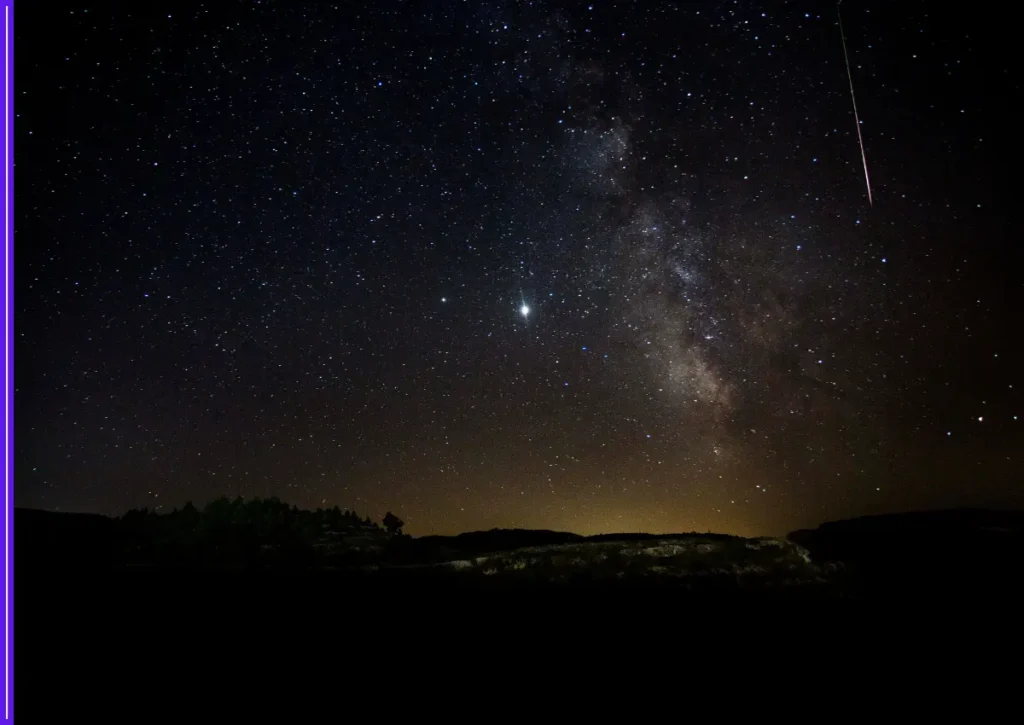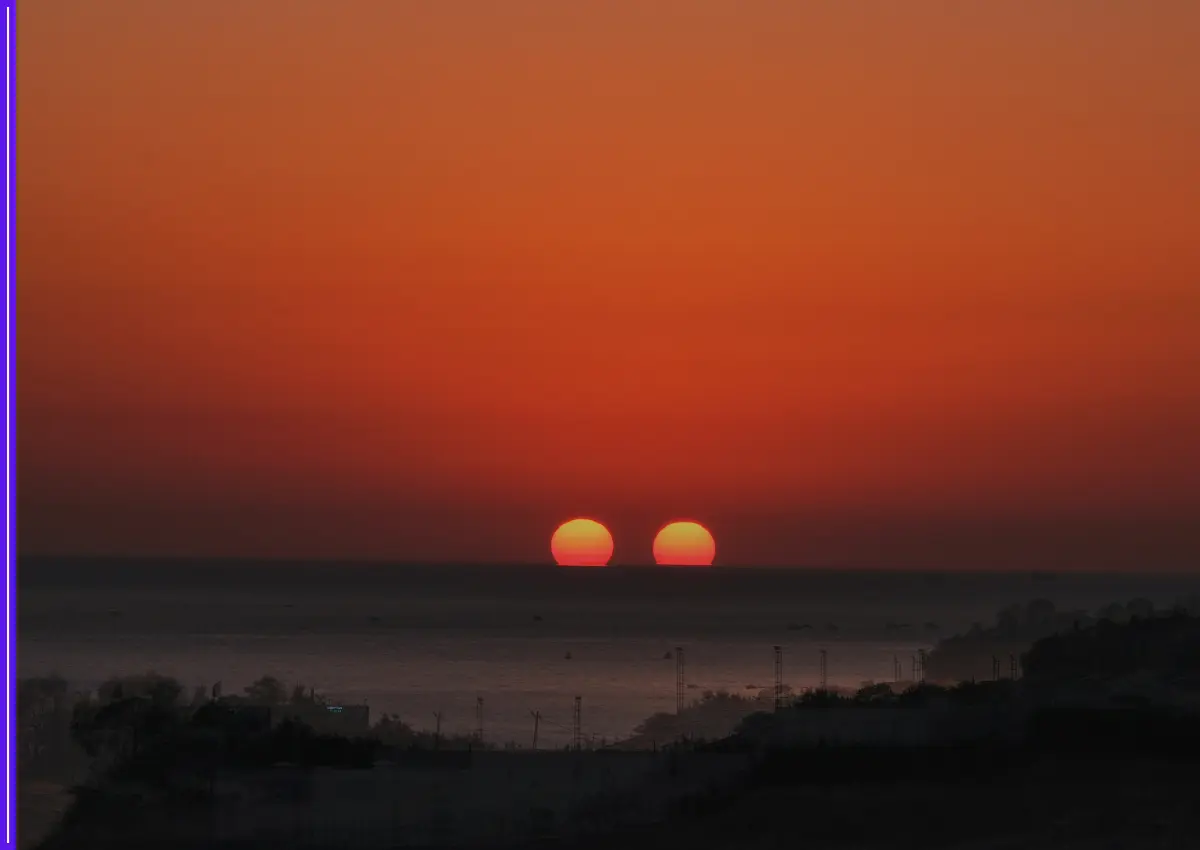The Perseid Meteor Shower: Nature’s Annual Celestial Fireworks
Every August, as warm summer nights blanket the Northern Hemisphere, a spectacular natural light show takes center stage in the sky — the Perseid meteor shower. Known as one of the most dazzling and reliable meteor showers, the Perseids consistently delight skywatchers with their brilliance, producing as many as 100 meteors per hour at their peak. Unlike rare astronomical events, this show returns year after year, making it a celestial tradition that never loses its magic.
Skywatchers are in for one of the year’s most spectacular celestial shows as the Perseid meteor shower reaches its peak this weekend, promising up to 100 meteors an hour under ideal conditions. Known for producing bright fireballs that streak dramatically across the sky, the Perseids are a highlight of the astronomical calendar and a favorite among both amateur stargazers and seasoned observers.
The shower, which occurs annually from mid-July to late August, will peak in the early hours of August 12 and 13, when Earth passes through the densest part of debris left behind by the comet Swift-Tuttle. As tiny particles hit Earth’s atmosphere at speeds of around 59 kilometers per second, they burn up, creating the brilliant flashes of light that can be seen without any special equipment.

This year’s viewing conditions are expected to be particularly favorable. The Moon will be in a waxing crescent phase and will set relatively early in the evening, leaving darker skies for much of the night. For those in rural areas with minimal light pollution, the display could be especially vivid.
Astronomers advise that the best viewing time will be after midnight and before dawn, when the sky is darkest and the radiant point—the spot in the constellation Perseus where the meteors appear to originate—has risen higher above the horizon. However, meteors can be spotted from almost anywhere in the sky, so it’s not necessary to focus solely on that point.
No telescopes or binoculars are needed for this event; in fact, the naked eye offers the widest field of view for spotting meteors. Observers should give their eyes at least 20 minutes to adjust to the darkness, avoid looking at bright lights, and find a comfortable spot away from urban glare. Bringing a blanket or reclining chair is recommended, as the show can last several hours.
The Perseids are known for their reliability, with peak rates ranging between 60 and 100 meteors per hour in dark locations. Many of these will be fireballs—exceptionally bright meteors that can briefly outshine Venus and leave glowing trails in their wake. These occur when larger pieces of cometary debris enter the atmosphere, creating longer-lasting and more spectacular streaks.
For city dwellers, light pollution can significantly reduce visibility, but all is not lost. Even in moderately lit areas, patient observers may still catch some of the brighter meteors. Heading to a nearby park, open field, or hillside away from streetlights will greatly improve the experience.
The Perseid meteor shower has been documented for nearly 2,000 years, with early records tracing back to Chinese astronomers in 36 AD. Its connection to comet Swift-Tuttle was established in the 19th century, and since then, it has become one of the most anticipated astronomical events of the year.
While the shower is best viewed in the Northern Hemisphere, observers closer to the equator can also enjoy the spectacle, though meteor rates may be slightly lower. For those unable to see the display in person, several observatories and astronomy organizations plan to livestream the event.
The next major meteor shower after the Perseids will be the Orionids in October, offering another opportunity for skywatching enthusiasts. But for many, the Perseids remain unmatched in brightness, frequency, and sheer visual appeal.
This weekend, all that’s needed is a clear sky, a bit of patience, and a sense of wonder to witness one of nature’s most dazzling light shows—an annual reminder of the cosmic dance between Earth and the remnants of ancient comets.
What Causes the Perseids?
The Perseid meteor shower is caused by Earth’s annual passage through the debris trail of Comet Swift-Tuttle, a massive icy body that orbits the Sun once every 133 years. As Earth plows through the comet’s dust and rock fragments, these tiny particles collide with our atmosphere at nearly 59 kilometers per second. The intense friction causes them to burn up, creating the bright streaks of light we call meteors.
The shower gets its name because the meteors appear to radiate from a point near the constellation Perseus — though they can flash across any part of the night sky.
Why the Perseids Are Special
While several meteor showers occur each year, the Perseids are the most famous for a few reasons:
- High activity: At their peak, up to 100 meteors per hour may be visible in dark, clear skies.
- Brightness: Many Perseid meteors leave long trails that glow for seconds, and some explode as fireballs brighter than Venus.
- Consistency: Unlike unpredictable showers, the Perseids arrive each August like clockwork.
- Family appeal: The warm summer nights make it easy for families, campers, and casual stargazers to watch without special equipment.
This combination of reliability, spectacle, and accessibility has earned the Perseids the nickname “the king of meteor showers.”
Perseid Meteor Shower to Light Up Night Sky with Up to 100 Meteors Per Hour
Every year, skywatchers around the world wait eagerly for one of the brightest and most reliable celestial events — the Perseid meteor shower. Known for its spectacular display of shooting stars, the Perseids peak in mid-August, producing up to 100 meteors per hour under clear, dark skies.
The Magic Behind the Perseids
The Perseid meteor shower occurs when Earth passes through the debris trail left behind by Comet Swift-Tuttle. As these tiny dust and ice particles enter our atmosphere at incredible speeds, they burn up, creating brilliant streaks of light across the sky. The shower gets its name from the constellation Perseus, where the meteors appear to radiate from.
Unlike rare astronomical events, the Perseids return annually, making them a reliable treat for stargazers. Their consistency and brightness have earned them the title of the “king of meteor showers.”









